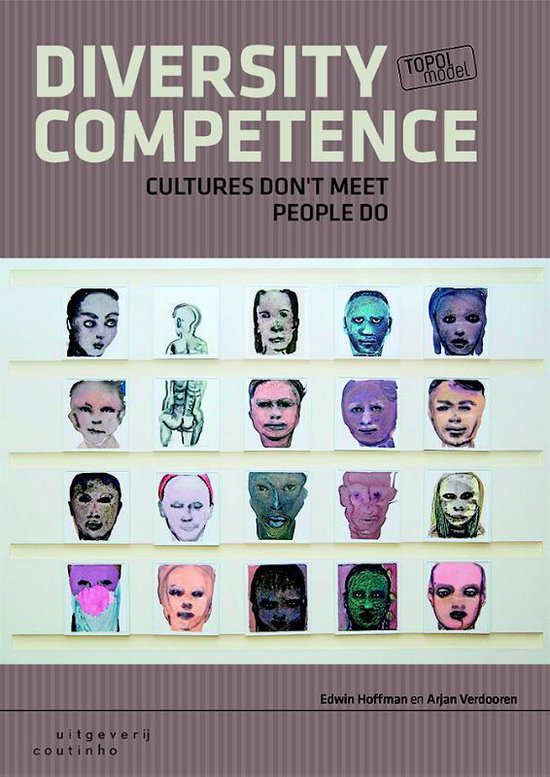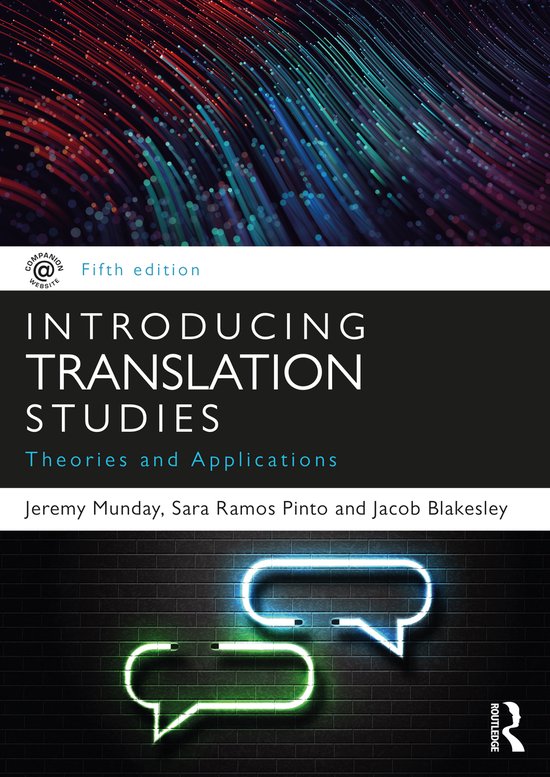
Diversity Competence
In this book, interpersonal communication forms the point of departure. The authors describe what diversity competence entails: which processes and skills are relevant in a 'superdiverse' world. They demonstrate how the TOPOI model offers an inclusive approach to analysing and addressing potential miscommunication.
In today's world many people live, learn and work in international and multicultural environments. Intercultural communication has become an important topic in many fields of work and study. Given the complexities of globalization, knowledge of cultures and cultural differences is rarely sufficient. In this book, interpersonal communication forms the point of departure: the meeting of people, not of cultures. The authors describe what diversity competence entails: which processes, challenges and skills are relevant in a 'superdiverse' world. They demonstrate how the TOPOI model offers an inclusive, communicative approach to analyzing and addressing potential miscommunication. - Addresses controversial topics frankly and clearly without being simplistic. - Discusses theory from several different fields. - Case studies provide practical examples and guidelines. - Companion website with extra case studies and study assignments. The target audience for Diversity Competence includes students, educators and professionals in the fields of communication and media, business, management and leadership, governance and international relations and cooperation.
In today's world many people live, learn and work in international and multicultural environments. Intercultural communication has become an important topic in many fields of work and study. Given the complexities of globalization, knowledge of cultures and cultural differences is rarely sufficient. In this book, interpersonal communication forms the point of departure: the meeting of people, not of cultures. The authors describe what diversity competence entails: which processes, challenges and skills are relevant in a 'superdiverse' world. They demonstrate how the TOPOI model offers an inclusive, communicative approach to analyzing and addressing potential miscommunication. - Addresses controversial topics frankly and clearly without being simplistic. - Discusses theory from several different fields. - Case studies provide practical examples and guidelines. - Companion website with extra case studies and study assignments. The target audience for Diversity Competence includes students, educators and professionals in the fields of communication and media, business, management and leadership, governance and international relations and cooperation.
In today's world many people live, learn and work in international and multicultural environments. Intercultural communication has become an important topic in many fields of work and study. Given the complexities of globalization, knowledge of cultures and cultural differences is rarely sufficient. In this book, interpersonal communication forms the point of departure: the meeting of people, not of cultures. The authors describe what diversity competence entails: which processes, challenges and skills are relevant in a 'superdiverse' world. They demonstrate how the TOPOI model offers an inclusive, communicative approach to analyzing and addressing potential miscommunication. - Addresses controversial topics frankly and clearly without being simplistic. - Discusses theory from several different fields. - Case studies provide practical examples and guidelines. - Companion website with extra case studies and study assignments. The target audience for Diversity Competence includes students, educators and professionals in the fields of communication and media, business, management and leadership, governance and international relations and cooperation.
In today's world many people live, learn and work in international and multicultural environments. Intercultural communication has become an important topic in many fields of work and study. Given the complexities of globalization, knowledge of cultures and cultural differences is rarely sufficient. In this book, interpersonal communication forms the point of departure: the meeting of people, not of cultures. The authors describe what diversity competence entails: which processes, challenges and skills are relevant in a 'superdiverse' world. They demonstrate how the TOPOI model offers an inclusive, communicative approach to analyzing and addressing potential miscommunication. - Addresses controversial topics frankly and clearly without being simplistic. - Discusses theory from several different fields. - Case studies provide practical examples and guidelines. - Companion website with extra case studies and study assignments. The target audience for Diversity Competence includes students, educators and professionals in the fields of communication and media, business, management and leadership, governance and international relations and cooperation.
| Auteur | | Edwin Hoffman |
| Taal | | Engels |
| Type | | Paperback |
| Categorie | | Mens & Maatschappij |



